Optimal Timing for Home Releveling
Home relevelings are essential for maintaining structural integrity and ensuring safety. Timing can significantly impact the effectiveness and longevity of the releveling process. Understanding the optimal periods for performing this work helps homeowners avoid unnecessary costs and complications.
Spring offers moderate weather conditions, making it ideal for home relevelings. The soil is typically moist but not overly saturated, facilitating easier adjustments.
Fall provides cooler temperatures and stable soil conditions. Performing relevelings during this time can prevent issues caused by winter freeze-thaw cycles.
Relevelings after major construction or renovations ensure the foundation remains stable and aligned, especially when new structures are added.
Relevelings should be avoided during extreme weather conditions like heavy rain, snow, or heatwaves, which can affect soil stability and the effectiveness of adjustments.
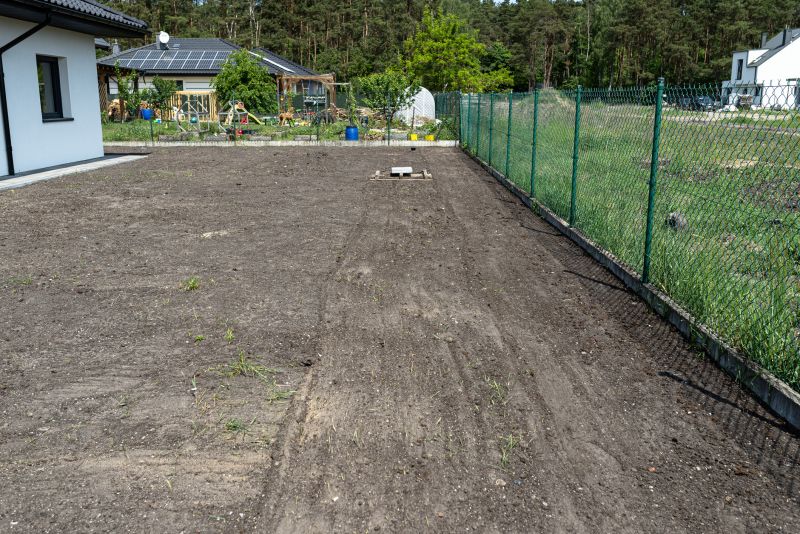
Ways to make Home Relevelings work in tight or awkward layouts.

Popular materials for Home Relevelings and why they hold up over time.
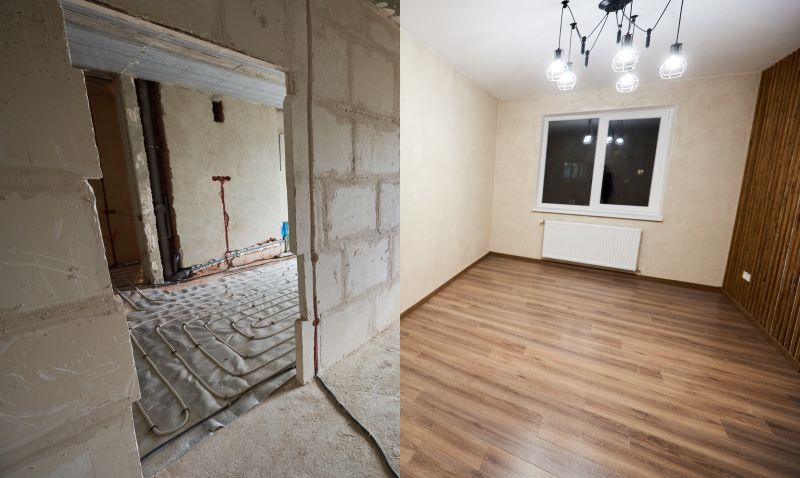
Simple add-ons that improve Home Relevelings without blowing the budget.

High-end options that actually feel worth it for Home Relevelings.

Finishes and colors that play nicely with Home Relevelings.
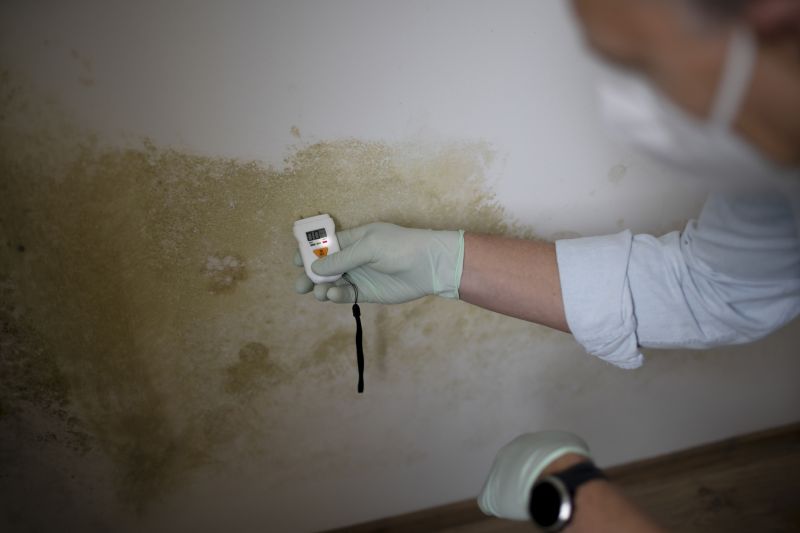
Little measurements that prevent headaches on Home Relevelings day.
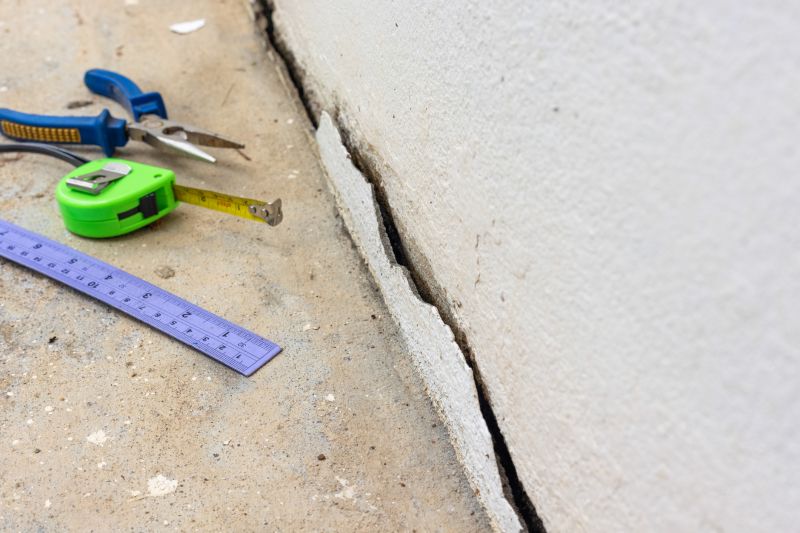
A 60-second routine that keeps Home Relevelings looking new.

A frequent mistake in Home Relevelings and how to dodge it.
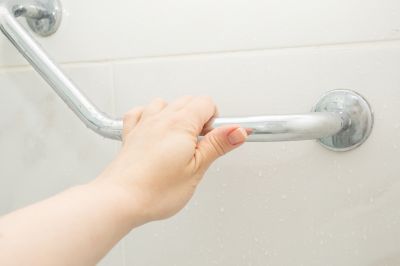
Small tweaks to make Home Relevelings safer and easier to use.
| Timing Consideration | Details |
|---|---|
| Spring | Ideal for soil that is moist but not saturated, facilitating easier releveling adjustments. |
| Fall | Prepares the foundation for winter, preventing freeze-thaw damage. |
| Post-Construction | Ensures new structures do not destabilize the foundation. |
| Avoid Extreme Weather | Releveling during heavy rain, snow, or heat can compromise results. |
| Routine Maintenance | Regular inspections help identify issues early and schedule timely relevelings. |
| Soil Type Impact | Clay soils may require different timing than sandy soils due to moisture retention. |
| Temperature Range | Moderate temperatures support better soil compaction and foundation stability. |
| Climate Zone Considerations | Local climate patterns influence optimal timing for relevelings. |
Home relevelings play a crucial role in maintaining the structural health of a residence. Proper timing ensures that adjustments are effective and long-lasting. Soil conditions, weather patterns, and construction schedules are key factors influencing the best periods for performing relevelings. Regular assessments can help identify foundation shifts early, reducing potential repair costs and extending the lifespan of the home.
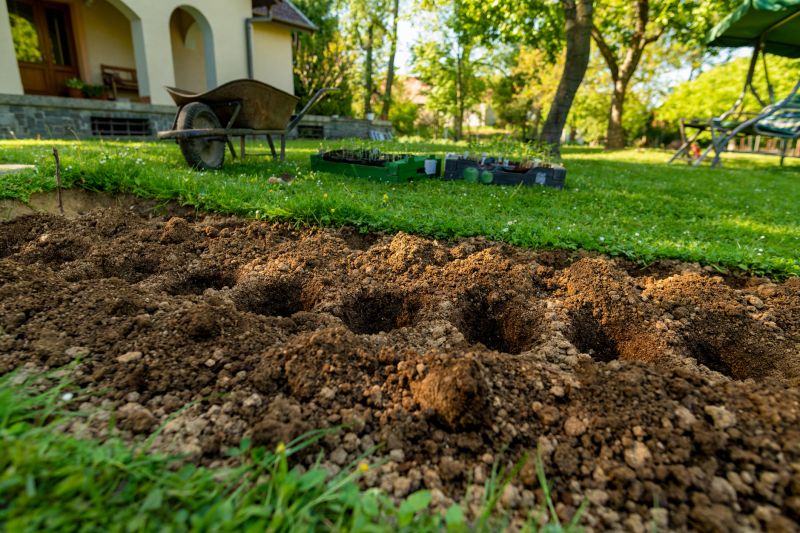
Lower-waste or water-saving choices for Home Relevelings.

The short, realistic tool list for quality Home Relevelings.
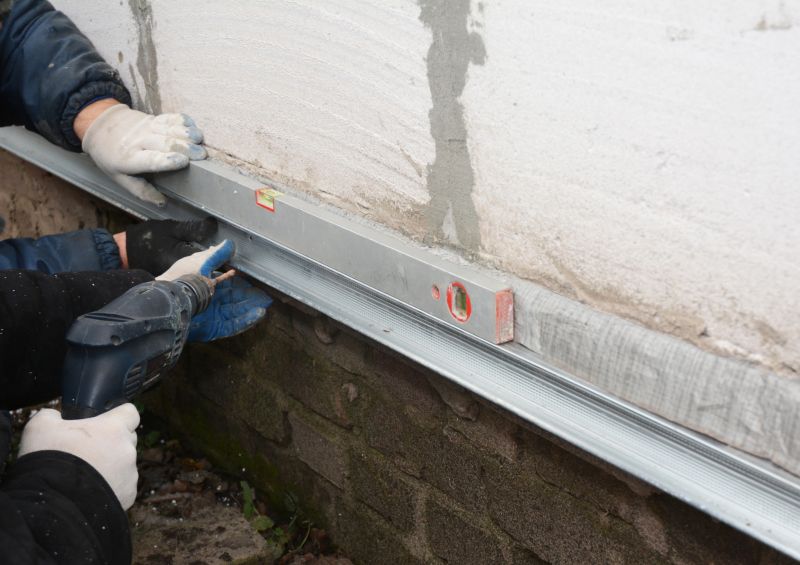
Rough timing from prep to clean-up for Home Relevelings.

Quick checks and paperwork to keep after Home Relevelings.
Interested in maintaining the stability of a home foundation? Filling out the contact form can provide guidance on the optimal timing for relevelings based on specific soil and weather conditions. Proper scheduling and regular assessments contribute to the longevity and safety of a residence.
